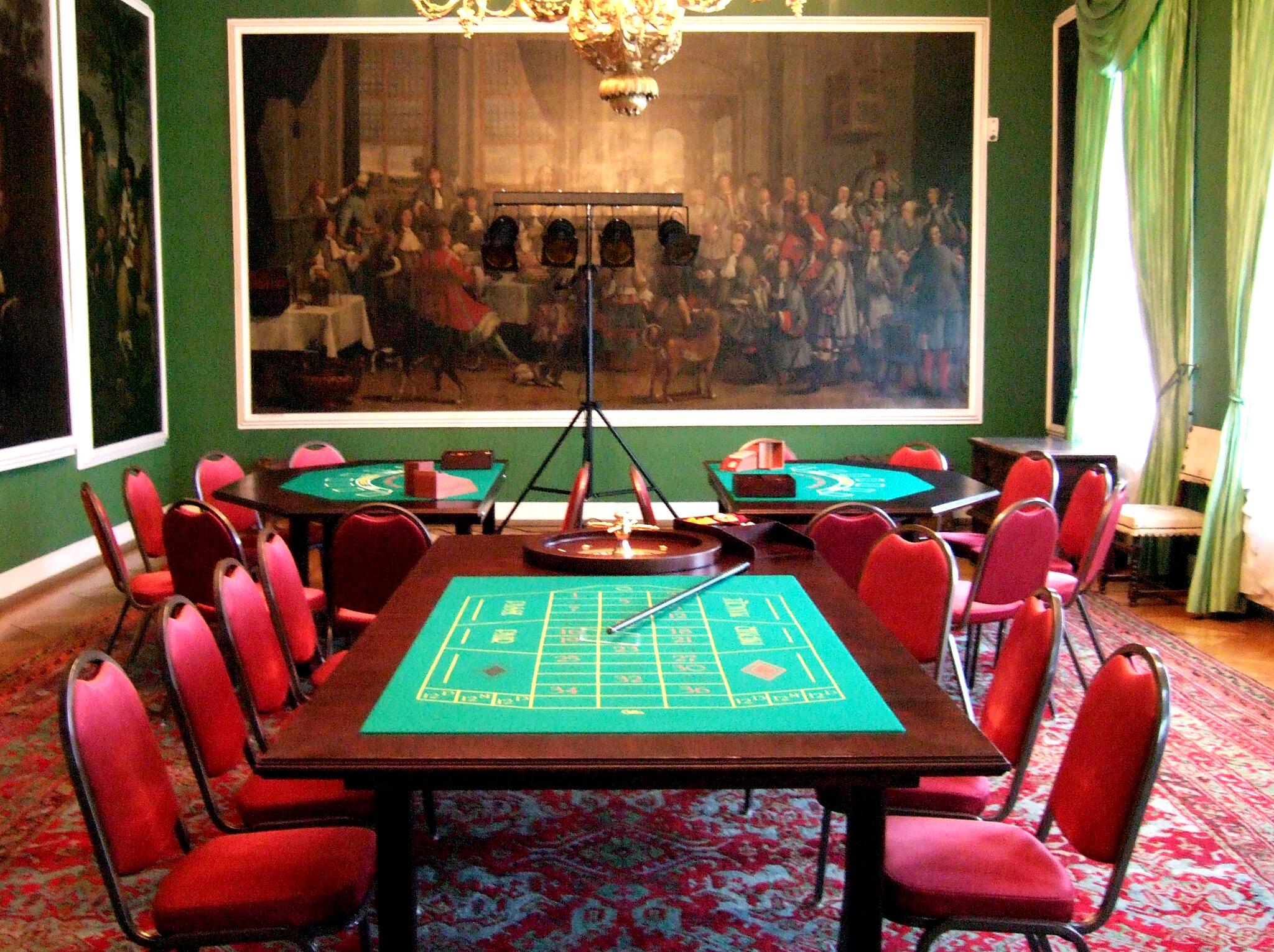Across the globe, the appeal of gambling slots has captivated millions, crossing cultural divides and attracting varied crowds. From the busy casinos of the strip in Las Vegas to the colorful gaming halls of Macau, these enchanting machines have become emblems of anticipation and eagerness. The rotating reels and colorful graphics draw players into immersive experiences, creating a distinct blend of luck and entertainment that resonates with people from every background.
As these games progress, their influence extends beyond simple betting; they impact popular culture, inspire art, and alter community interactions. Whether it’s through movies showcasing of life in casinos or the rise of digital slot games that bring the excitement of gambling to the ease of home, the importance of casino slots games continues to grow. Exploring this phenomenon reveals more than the systems of play, but also the meaningful bonds they foster within communities and their role in the broader scheme of leisure activities around the globe.
Account of Casino Slot Machines
The roots of gambling slots can be traced to the late 19th century with the creation of the first conventional slot machine. In the year 1887, Charles Fey, a inventor from San Francisco, created the first slot machine, which was equipped with three spinning reels and a basic design with icons such as horseshoe symbols and card symbols. This machine gave players a opportunity to win coins, laying the groundwork for what would become a worldwide gaming phenomenon.
As the acceptance of slot machines expanded, various innovations appeared throughout the initial twentieth century. By the early 1900s, numerous producers began producing their designs, enhancing the machines with new features and more intricate functions. These early devices became a mainstay in pubs, taverns, and ultimately started to make their way into gambling halls. By the 1960s, the mechanical slot machine was more improved with the advent of electronic elements, leading to more diverse gameplay and higher player engagement.
The 1980s marked a significant milestone when video visual technology was added into casino slots. This innovation allowed for more intricate graphics, audio, and themes, attracting a broader audience. The fusion of impressive visuals and engaging gameplay changed casino machines into a major attraction in casinos around the globe. As a result, slots developed from basic machines into elaborate entertainment devices, reflecting shifting cultural preferences and technological advancements.
Cultural Differences of Slot Machines
Gambling slot machines have evolved in order to reflect diverse cultures as well as customs belonging to the locales wherever they are played. daga In Japan, such as, pachinko machines merge aspects from pinball with conventional slot games, resulting in a distinct playing experience which is thoroughly embedded inside the Japanese entertainment culture. Such devices typically incorporate popular anime icons along with motifs, showcasing the intersection of gaming and pop culture in Japan.
In contrast, in the US, gambling games often styled based on famous films, famous people, and iconic icons belonging to American tradition. This reflects a tendency toward celebrate and commercialize mass culture, rendering the gaming experience understandable among gamers. The eye-catching designs and sounds are intended to create thrill while also entice people into the gaming experience, showcasing American innovation for entertainment as well as tech.
Across Europe nations likewise maintain distinct specific approaches regarding slot games. As an example, in the UK, for example, old-school fruit machines located inside public houses as well as arcades mirror local preferences toward nostalgic game designs. These machines often focus on basic aesthetics while also easy mechanics, and which resonate strongly with players who cherish a classic gaming experience. This kind of geographical variation emphasizes the way societal factors affect the development as well as appeal regarding gambling slot games in different areas of the globe.
The Future of Casino Slots
As technology continues to evolve, the future of casino slots appears bright and exciting. Innovations in gaming technology, such as virtual reality and augmented reality, are likely to revolutionize how players interact with slots. Imagine stepping into a digital gaming environment where players can interact with their surroundings more intensively, making the act of spinning the reels more exciting and enthralling than before. This shift could also attract a younger demographic, fostering a new era of casino entertainment.
Moreover, the incorporation of AI and large-scale data analytics will enhance customization in casino slots. Players can expect games customized to their preferences, as AI analyzes their patterns and habits. This customization not only makes the gaming experience more enjoyable but also encourages player retention, as casinos work hard to accommodate individual player needs. Future slot games will likely feature more engaging narratives and rich content, expanding the limits of traditional gaming.
In conclusion, the growth of mobile gaming will continue to shape the landscape of casino slots around the world. As more players turn to smartphones and tablets for gaming, casino operators will concentrate efforts on optimizing their games for mobile devices. This convenience allows for more accessible play, with players able to enjoy their favorite slots whenever and anywhere. As the global gaming market expands, the advancement of casino slots will play a vital role in attracting new players and keeping the excitement of existing fans.

